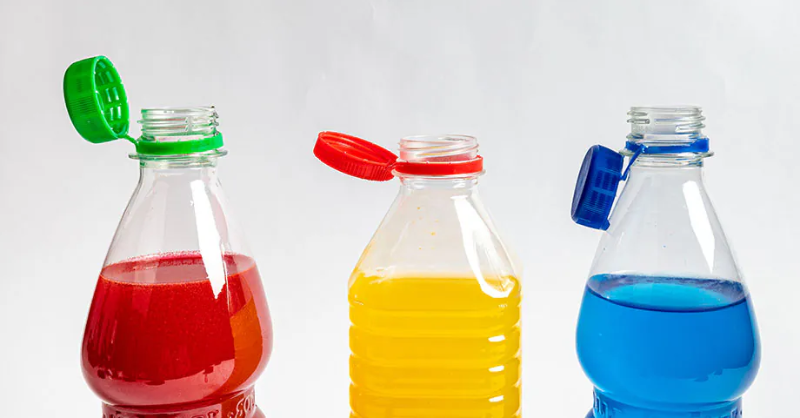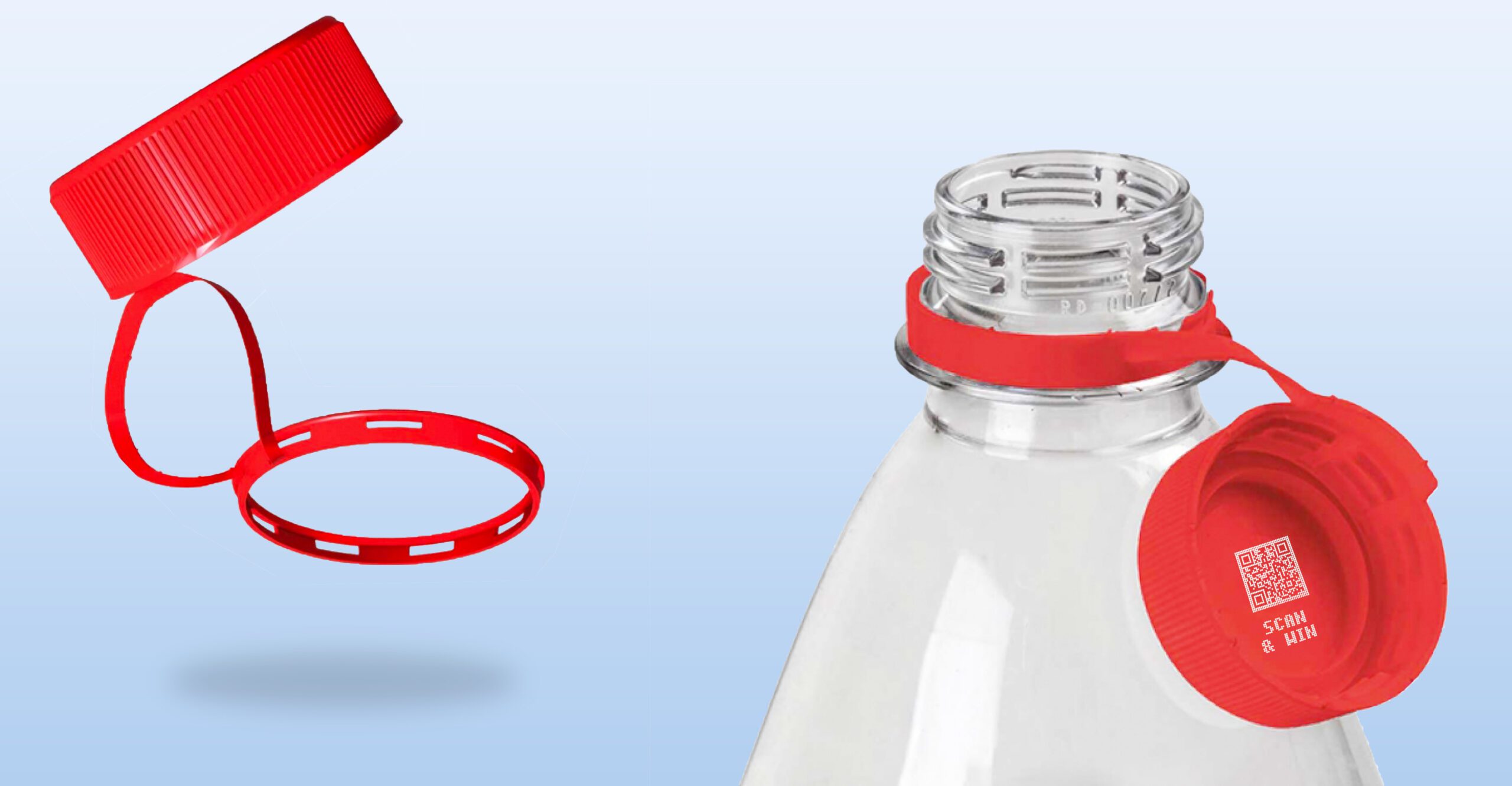Try to sip from your bottle and you’ll find yourself doing unfortunate facial contortions as it pokes into your nose or prods your chin. If you’re really unlucky, you’ll catch some rogue liquid in the lid, which will then inevitably catapult all down your top.

Attempt to snap the thin attachment connecting the cap to the bottle rim to avoid repeating this mess and you risk soaking yourself again, too.
The culprit, of course, is that little bit of plastic that keeps lids attached to bottles. The new design has quietly snuck onto the soft drinks aisle over the past couple of years. If you believe its detractors, this tiny but unwelcome addition to the packaging has turned a relatively straightforward process – grab bottle, remove lid, sip and enjoy – into a high-jeopardy activity.

One social media user branded this development “the worst thing to happen to humanity since the removal of the headphone jack [on smartphones]” – hyperbole, of course, but one that perhaps sums up the outsized consternation with which this change has been received in some quarters.
The correct way to describe a lid like this is “tethered”. The design can be traced back to a European Union directive that was initially proposed in 2018 then officially adopted the following year, with a deadline put in place: from 3 July 2024, the EU stated, caps on all non-returnable plastic drinks bottles with a capacity of three litres or less must stay attached after opening.
The purpose was not to collectively infuriate thirsty Europeans, but to tackle a serious problem: plastic waste.

It’s estimated that we produce around 400 million tonnes of the stuff worldwide every single year. Plastics break down into small particles but never fully disappear. These microplastics can harm the environment, polluting oceans and soil, and can enter the human body (they’ve been linked to health problems such as endocrine disruption and even cancer, and have also been found in placentas).
If these lids remain attached to something bigger, then, they’re less likely to be lost as waste or end up in the ocean, where they can prove perilous to wildlife such as turtles and birds. Unfortunately, animals often confuse them with food – no wonder plastic caps were ranked among the top five most harmful types of ocean rubbish by the NGO Seas at Risk.

As with anything that bears a whiff of EU regulation, these mildly irritating lids have also become something of a lightning rod: a punching bag for those who don’t want to have a bit of a rant about accidentally soaking their T-shirt in Fanta, but instead want to start hand-wringing about overbearing bureaucracy and the nanny state.
On social media, you’ll find references to “woke bottle caps” (sometimes ironic, sometimes very much not). Earlier this year, The Spectator published an article making the grandiose claim that “the EU has ruined plastic water bottles”.
Perhaps it’s not the new lids that are the problem, but our own incompetence – could it be that all we need to do is get a bit better at using them? A viral TikTok video recently seemed to crack the code, showing us that, actually, we’ve been opening bottles all wrong: we just needed to pull the lid over the top, so that it sits neatly to the side, out of trouble.

